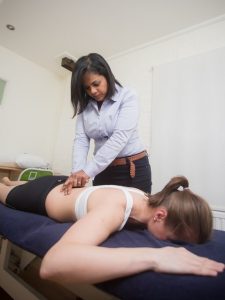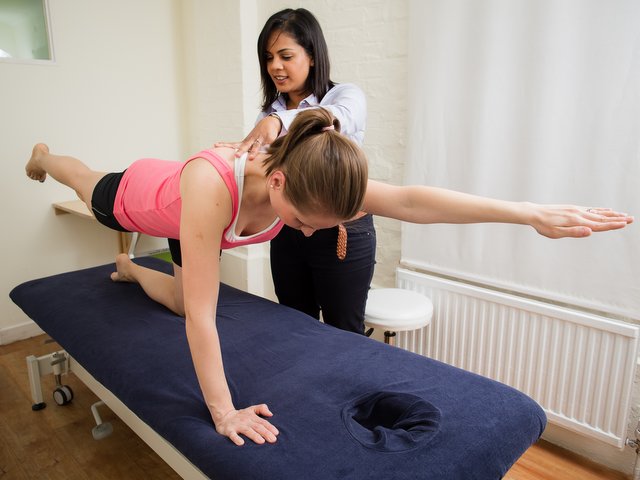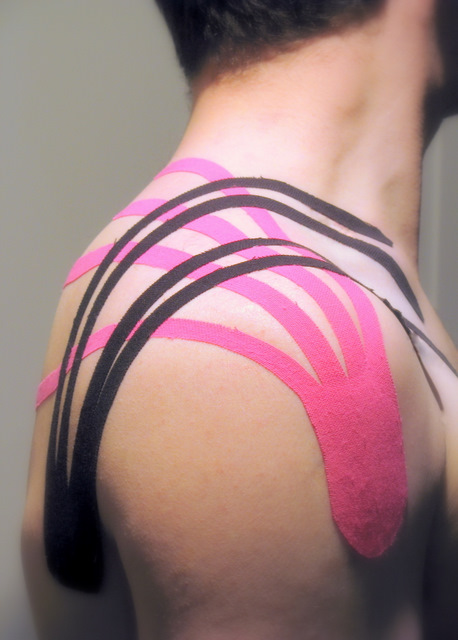 At Vitality Physiotherapy, the focus is on formulating a diagnosis through careful review of the symptoms and clinical examination. Thereafter, we formulate a bespoke treatment plan which may include a wide range of physiotherapy techniques.
At Vitality Physiotherapy, the focus is on formulating a diagnosis through careful review of the symptoms and clinical examination. Thereafter, we formulate a bespoke treatment plan which may include a wide range of physiotherapy techniques.
Here are some of the treatment techniques that we use at Vitality Physiotherapy:
Manual therapy techniques
These are treatment techniques whereby your physiotherapist applies their hand to your body, whether it is a joint, muscle or other connective tissue to increase range of motion, increase the elasticity of the tissue, induce relaxation or assist to reduce pain. This can be passive (you "do" nothing) or active (you perform a movement).
Mobilisation
This is a "manual therapy technique" where your physiotherapist skilfully moves a joint at different speeds, depths, and amplitudes to restore normal joint movement. These movements may be normal movements that one can usually perform (physiological movements) such as bending or straightening your knee, or movements that happen within a joint that are involuntary (accessory movements).

Manipulation
Joint manipulation usually produces an audible 'clicking' or 'popping' sound. This sound is a consequence of air escaping from a joint (cavitation). The joint is placed by your physiotherapist in such a manner that its capsule is in a position where the air may be forced out via a high velocity thrust.
Ultrasound
Therapeutic ultrasound is in the frequency range of 0.5 - 3 MHz. Your physiotherapist may use it to reduce inflammation by creating a deep heat to a localised area, in order to ease muscle spasms, facilitate healing at the cellular level, speed metabolism and improve blood flow to damaged tissue. It can also be used to reduce nerve root irritation, or to speed bone healing. It works by causing stable and unstable bubble formation, and a phenomenon called acoustic streaming or microstreaming.

The Kinesiology Taping Method
This is a sensory taping method that endeavours to facilitate the body’s natural healing process. The tape lifts the skin away from the connective tissue underneath it, thus increasing the space to allow the lymphatic fluid (in the presence of tissue damage) to move more effectively. Your physiotherapist will advise you whether this treatment technique may be beneficial as an adjunct to your manual therapy treatment.
Traditional Taping
This is a mechanical “correction” treatment taping method. It is usually used to restrict joint movements, or correct abnormal movement patterns.
Rehabilitation/Exercise
These may be functional strengthening exercises (sport specific), preventative (to avoid further or future injury), corrective (to strengthen areas of uncontrolled movement / “instability”). Your physiotherapist will design you a bespoke package of exercises to restore normal function.
